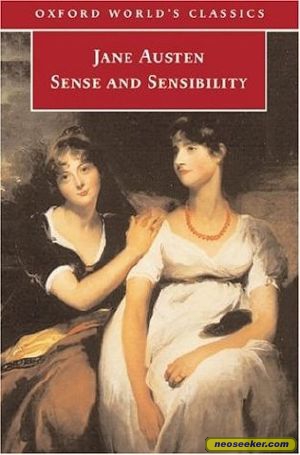

Most women, like Jane Austen herself- wore sufficient undergarments, and, indeed, dressed quite modestly. The Regency is famous in caricature for the lack of female undergarments, but this propensity of exhibitionism was far less common than the cartoonists' of the day would have you think. The long, straight line of the figure was the fashionable ideal and no bulky under-garments could be allowed to get in the way, but ladies could, and did, wear underclothing and the petticoat never disappeared completely from the female wardrobe. This is where personal taste came into play. What remained was a simple chemise, often accompanied by a short corset which served to raise and support the bust (precursor to the modern bra), which in turn might be accompanied by a petticoat. Same for the long corsets, the hoops, the panniers. All those petticoats from the previous century, in short, had to go. When this "Empire Style" crossed the channel into England, however, it became less risque, thanks to the more modest English, but the ideal of a long, straight dress, revealing the human figure beneath had still to be maintained. In France, women's underclothing was in danger of becoming downright extinct-among the upper class, in particular. By the time of the Regency, costume had undergone a downright shocking reversal, ( beginning in France, which in turn was taking its ideas from classical Greek and Roman styles of antiquity), causing the heavy layers of underclothing to be discarded. Half a century earlier, such a sight would likely not have brought the slightest blush to even the most prudish, for during the 18th century, women were required to wear layers and layers of clothing consisting largely of underclothes.Ĭhemises, stockings, stays (corsets), hoops, panniers, and often many layers of petticoats. It was more likely the idea of having seen a young lady in her "underclothing" which unsettled poor Mr. Was it the amount of cleavage in plain sight? Hardly, for a perfectly respectable evening dress could reveal as much. The scene is quite funny, and Lydia herself cannot stop laughing.

Collins is forced to pass her on his way to the staircase, I believe, and is clearly scandalized. An amusing scene from the 1996 BBC"Pride and Prejudice" (Starring Jennifer Ehle and Colin Firth) is when Lydia has rushed into the hallway wearing only a chemise. Yet the Regency lady was no more exposed than she wanted to be. The favorite fabric for a Regency gown was undeniably light-weight, being muslin-a very thin, soft cotton.

Some authors (not to mention book covers) would have you believe that to dress in Regency style was to be overly immodest or even exposed.


 0 kommentar(er)
0 kommentar(er)
